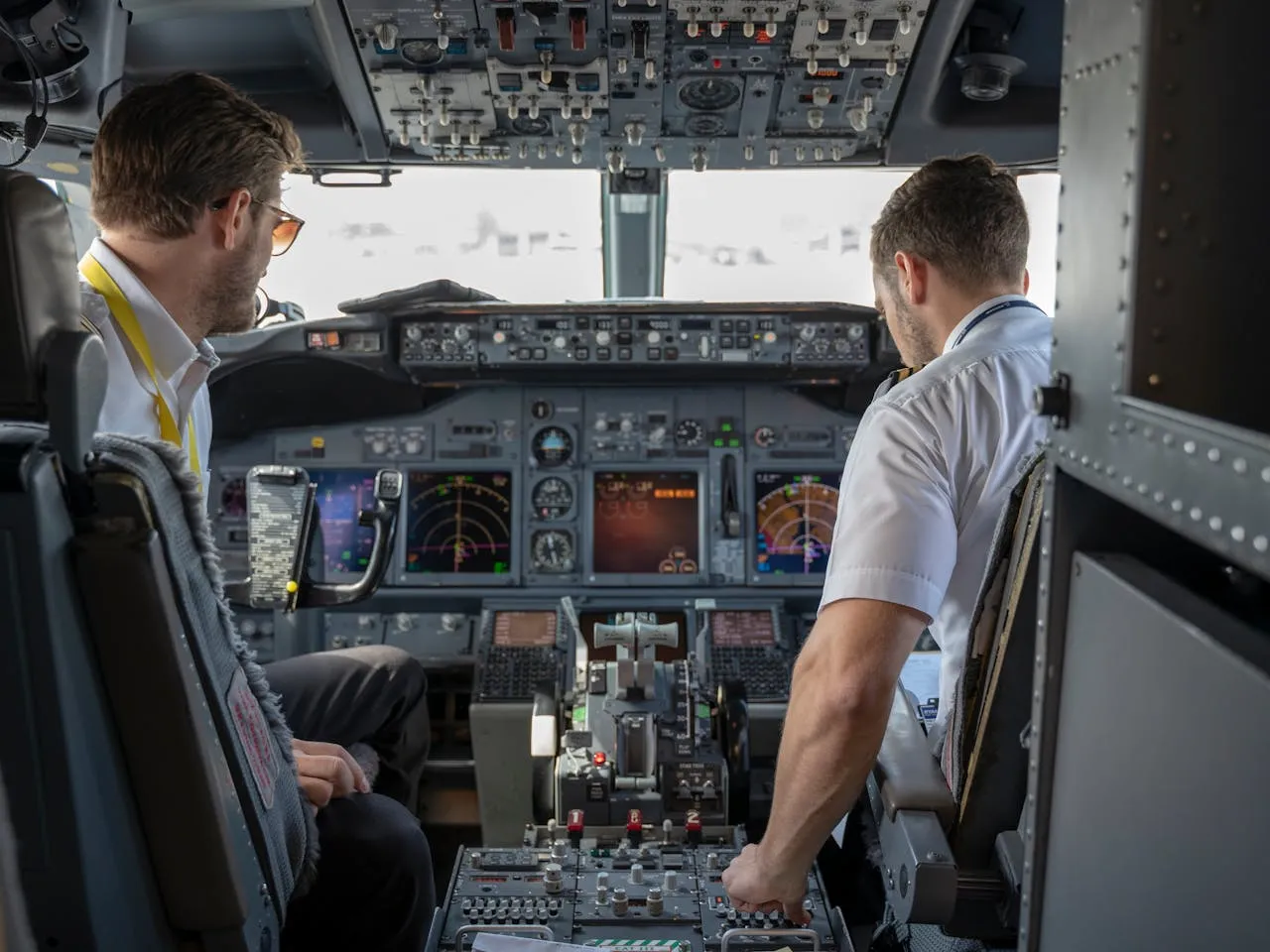
Inside the F-35 Training Simulator: Six Reasons It’s a Game-Changer for Modern Combat Pilots
Before ever taking to the skies, every F-35 pilot must master a fully virtual battlespace that simulates real combat conditions. The F-35 Training Simulator isn’t just another piece of military technology—it has transformed how pilots prepare for the complexities of modern warfare. As the most advanced training platform for the world’s most sophisticated fighter jet, this simulator is redefining combat readiness.
So, what makes the F-35 simulator such an extraordinary piece of technology? Why do pilots and military strategists alike consider it a crucial part of the F-35 program’s success? Here are six compelling reasons why the F-35 Training Simulator is not only effective, but also remarkably “cool.”
1. Unmatched Realism That Feels Like the Real Thing
The F-35 Training Simulator delivers an incredibly immersive and authentic experience that mimics real-world flight with astonishing precision. Pilots are placed in a 360-degree virtual environment that replicates the aircraft’s controls, flight characteristics, sensor systems, and weapons functionality. Every detail—from the head-up display (HUD) to the subtle feedback of the controls—has been designed to feel identical to the actual jet.
Using advanced rendering engines, high-resolution displays, and spatial audio, the simulator reproduces the sights, sounds, and even the subtle vibrations that a pilot would feel in a real cockpit. Pilots can rehearse aerial combat scenarios, weapons engagements, electronic warfare, and more—all without leaving the ground. This level of realism provides a safe and deeply effective way to prepare for mission-critical operations.
2. Versatility Across All F-35 Variants
One of the simulator’s standout features is its ability to train pilots across all three versions of the F-35 aircraft—the conventional takeoff and landing F-35A, the short takeoff/vertical landing F-35B, and the carrier-capable F-35C.
Thanks to a modular and reconfigurable system design, the simulator can quickly adapt to the specific training needs of any variant. This enables instructors to deliver targeted training for pilots from different branches of the military and different partner nations, maximizing the simulator’s efficiency and strategic value. It’s a one-size-fits-all training solution without sacrificing accuracy or depth.
3. Over 3,000 Pilots from 12 Nations Trained—and Growing
To date, the F-35 simulator has been instrumental in preparing more than 3,000 pilots from 12 allied nations. Given that the F-35 is a single-seat fighter jet, pilots must perform solo from their very first live flight—there is no two-seat version for mentorship or backup. That’s why simulator training is not just useful—it’s essential.
Each pilot must be capable of navigating complex environments, evading sophisticated air defenses, and completing high-risk missions independently. The simulator enables them to train for all of this in a safe, structured environment. It’s helped build a global community of elite aviators who are mission-ready on Day One.
4. A Cost-Effective and Safe Training Environment
Military flight training is notoriously expensive, and live flight hours come at a premium. The F-35 Training Simulator mitigates these costs by offering high-quality training that reduces the need for actual flight hours. That doesn’t just save money—it saves wear and tear on multi-million-dollar aircraft and ensures pilot safety.
Even more importantly, the simulator prepares pilots for real-world challenges by simulating live-fire conditions, weather variations, enemy threats, and emergency procedures. It allows instructors to test and reinforce decision-making under pressure without putting lives or equipment at risk. The end result is a safer transition to real aircraft and significantly enhanced mission success rates.
5. A Cornerstone of Global Security and Defense Strategy
In the high-stakes world of global defense, preparation is everything. The F-35 Training Simulator plays an essential role in maintaining air superiority by equipping pilots with the tools they need to succeed in complex and unpredictable combat environments.
By enabling pilots to train in joint and coalition environments, the simulator also strengthens international military cooperation. It ensures that F-35 operators from different countries can work together effectively on combined missions. In many ways, the simulator is as much a diplomatic asset as it is a training tool, supporting NATO allies and other global partners in achieving shared security objectives.
6. Manufactured in the Heart of the Simulation World
The F-35 Training Simulator is proudly developed and produced in Orlando, Florida—often referred to as the “Simulation Capital of the World.” At Lockheed Martin’s Training, Logistics, and Simulation (TLS) facility, more than 2,000 skilled professionals are advancing the frontier of simulation-based training. Of those, over 800 team members are directly involved in the F-35 program.
This site is at the cutting edge of military training technology, developing simulators not just for pilots, but for maintenance crews and support staff as well. The expertise concentrated in Orlando ensures that the simulator continues to evolve with the demands of modern warfare, integrating AI, machine learning, and data analytics into future training systems.
Cast Your Vote—Celebrate Innovation
Now that you’ve seen why the F-35 Training Simulator is an engineering marvel and a strategic asset, it’s time to recognize its contribution. Whether you’re a military enthusiast, a tech admirer, or a proud Floridian, this is a testament to American innovation and global defense excellence. Help spread the word about this incredible training tool and the people who make it possible.




